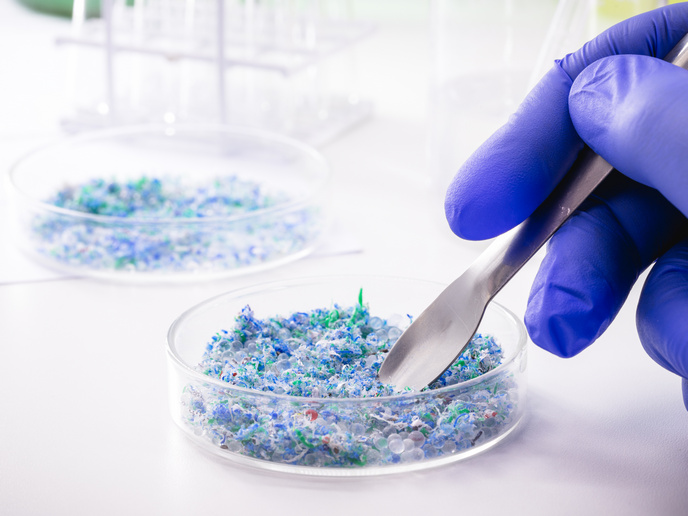Elucidating cell interactions with the environment
Cells possess an intrinsic capacity to maintain their mechanical integrity while dynamically altering their shape. This is the outcome of the interaction between the plasma membrane and the extracellular matrix, and is mediated through the cytoskeleton and various adhesion molecules. Several cellular functions including cell division, migration, and mechanosensing depend on this intricate interaction. To elucidate the interaction among cells and their environment, scientists on the EU-funded CYTOANCHOR (Actin–membrane anchoring in giant liposomes: a biomimetic system to study cell mechanics) project set out to investigate the phenomenon at different levels. They employed different model systems to study the extracellular matrix environment, the intracellular cytoskeleton and the cell itself. With respect to the extracellular matrix, the CYTOANCHOR team focused on fibrin, the core scaffold of blood clots. They elucidated the stepwise compaction of the fibres during the formation and maturation of fibrin clots, a process central to the stiffening and degradation capacity of blood clots. Intriguingly, they discovered that fibrin can retain mechanical memory following deformation, which allows it to adapt its structure upon applied stress. The researchers managed to predict fibrin properties through a theoretical model for semi-flexible polymers that also gave insight into the aggregation mechanism of various biopolymers. Investigation of the dynamics of actin at the filament level led to the discovery that actin filaments align and disassemble in a soft, flowing manner without disentanglement. The behaviour of actin networks was also affected by cross-linker molecules, which dictated actin contractility and dynamics. Scientists studied cell behaviour in tissue-like collagen networks and concluded that cells can intervene with their environment through reciprocal interactions, a property implicated in cell invasion. The impact of anti-migratory drugs depended on the condition of the extracellular matrix, a finding with broad implications in the field of drug discovery. Apart from fundamental knowledge, CYTOANCHOR results could be exploited for the design of novel biocompatible biological materials and matrices for regenerative medicine applications.







